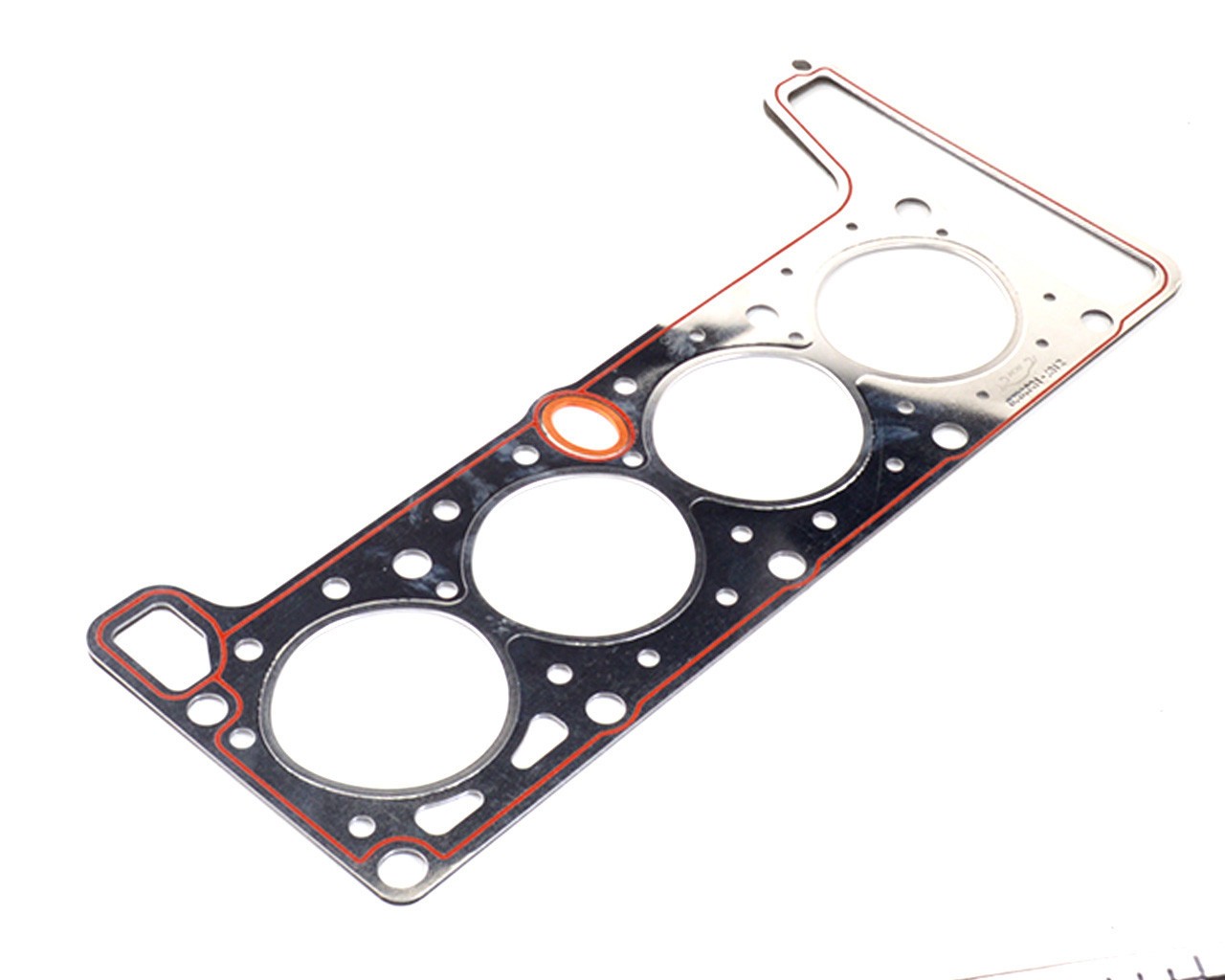
Symptoms of a Faulty or Faulty Coolant Recuperator
Common signs include the need for constant topping up of coolant, visible coolant leaks, and engine overheating.
The coolant recovery tank is a reservoir for storing and supplying engine coolant. It is usually located in the engine compartment next to the radiator. A coolant recovery reservoir is necessary because automotive cooling systems go through cycles of expelling and absorbing coolant during the course of their normal operation. When the engine is cold the pressure is low and it needs more coolant, when it is hot the coolant expands and less is needed.
The sealed cap allows excess coolant to be released into the reservoir when the pressure reaches a certain threshold. In some vehicles, the coolant recovery tank is also part of the pressurized system and acts as an important pressure equalization chamber in the engine cooling system. Since it is an important component of a car's cooling system, when problems occur in the coolant recovery reservoir, it can quickly lead to problems that can lead to engine damage. Usually, a problematic coolant regeneration tank has several symptoms that can alert the driver that a potential problem has arisen and should be fixed.
1. Constantly have to add coolant
Having to constantly add coolant to your vehicle is one of the first symptoms of a problem with your coolant expansion tank. If there are any small leaks in the coolant reservoir, this may result in a leak or slow evaporation of the coolant that will not be noticeable to the driver. Coolant will have to be constantly added to the car from time to time. This problem can also be caused by a leak elsewhere in the cooling system, which is why a proper diagnosis is advised.
2. Visible coolant leaks
Another symptom commonly associated with a bad or faulty coolant regeneration reservoir is a coolant leak. If the coolant expansion tank is damaged or cracked, possibly due to age or coolant boiling, coolant will leak. Small leaks or cracks can result in steam, dripping, and a faint coolant odor, while large leaks can cause puddles and a distinct coolant odor. Any coolant leaks should be repaired as soon as possible to prevent overheating.
3. Engine overheating
Overheating of the engine is another sign of a potential problem with the coolant expansion tank. If the reservoir is leaking and the coolant level drops too low, it can quickly cause the engine to overheat, depending on the size of the leak. For cars where the reservoir is part of the pressurized cooling system, if there is any problem in the reservoir, it can break the pressure in the cooling system, which can also cause overheating.
The coolant recovery tank is an important component of any vehicle as it is part of the engine cooling system that protects the engine from overheating. For this reason, if you suspect that your coolant expansion tank may be having problems, contact a professional technician such as AvtoTachki for proper vehicle diagnostics to determine if the coolant expansion tank needs to be replaced.
